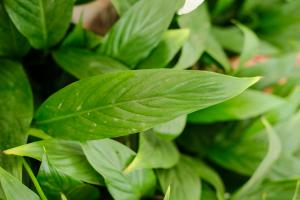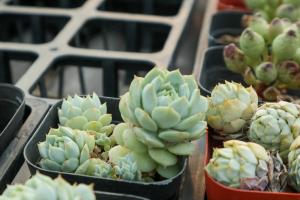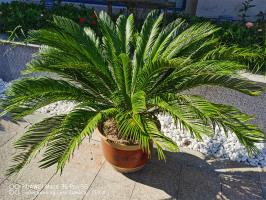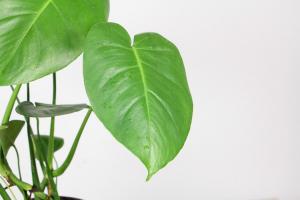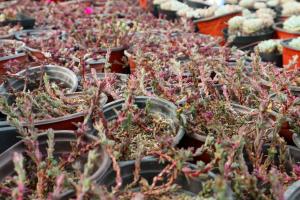1. Different varieties of flowers
Platycodon grandiflorum belongs to Gentianaceae and is a perennial herb with perennial roots
Rose belongs to Rosaceae, which is a small deciduous shrub
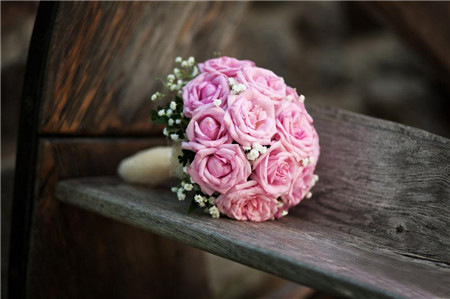
2. Different petal shapes
The petals of Platycodon grandiflorum are looser than those of rose, the flowers are relatively open, and the petal thickness is also slightly thin
Generally, the flower center of rose will not be exposed, and the package inside is relatively tight
3. Different layers of flowers
Platycodon grandiflorum can be divided into single-layer petals and multi-layer petals. Although most people like multi-layer petals, the Platycodon grandiflorum with single-layer petals is not inferior to multi-layer petals, but has more elegant beauty
Roses are mostly double petaled varieties, usually known for overlapping multi-layer petals
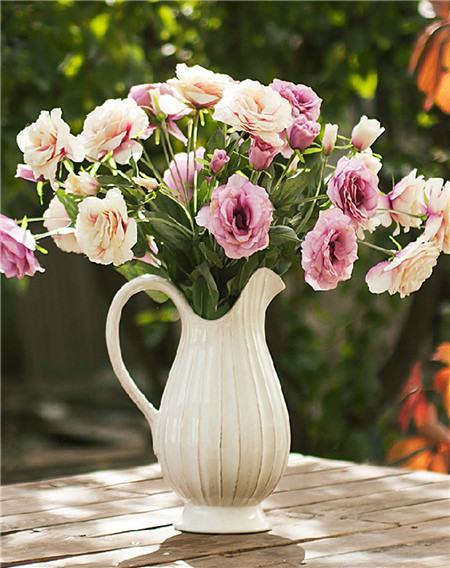
4. Different fragrance
Roses have a faint fragrance, which varies according to the color and variety
And Platycodon grandiflorum, no matter what color, is mostly tasteless
5. The flowers are different in color
Rose and Platycodon grandiflorum have very rich colors. The more common ones are white, purple, yellow, red, green and so on
But the meteor rose in the rose has many strip patterns on the petals, and the pattern of Platycodon grandiflorum appears more on the edge of the petals, like a layer of lace plated with other colors
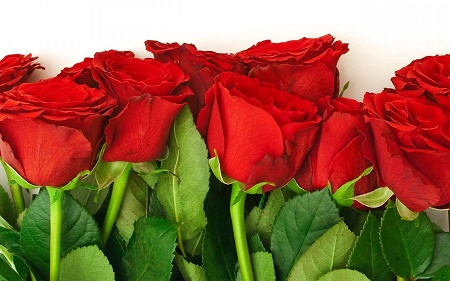
6. Different stamens
The stamens of Platycodon grandiflorum are relatively large and obvious
Roses generally do not show stamens, and the varieties that show up will be relatively small
7. Different flower language
The flower language of Platycodon grandiflorum is relatively simple, but it is also very beautiful. It is full of emotion and moving
The flower language of roses is diverse, and different flower colors will have different flower languages. For example, red roses represent passionate love, pink roses represent first love, yellow roses represent pure friendship, and white roses represent innocence and purity
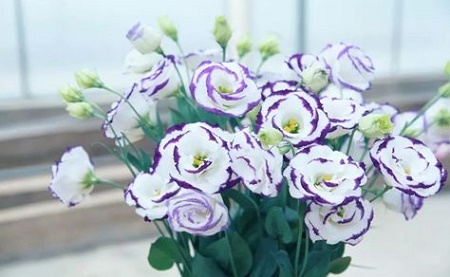
8. Other values are different
Unlike Platycodon grandiflorum, its root can be eaten or used as medicine. It has almost no edible and medicinal value, only ornamental value
Roses are not. They can be eaten or used as medicine, and their ornamental value is even greater
After this distinction, the difference between Platycodon grandiflorum and rose is obvious. I'm no longer afraid of recognizing the wrong flower later

 jackfruit
jackfruit snake plant
snake plant hibiscus
hibiscus hydrangea
hydrangea lavender
lavender Green roses climb al...
Green roses climb al... If you don't pay att...
If you don't pay att... Management of four g...
Management of four g...